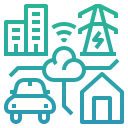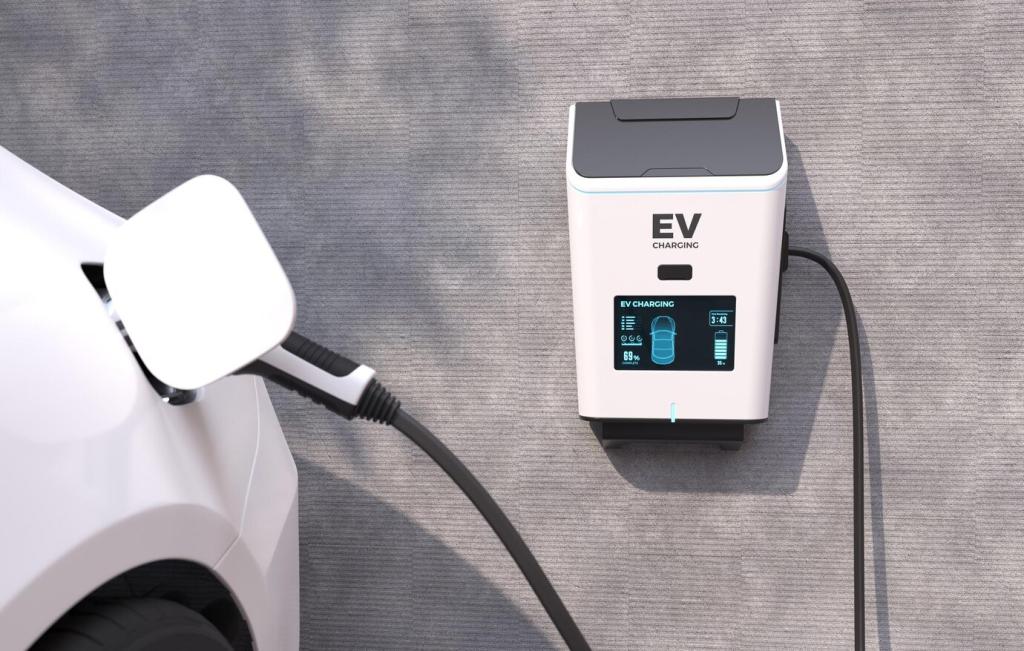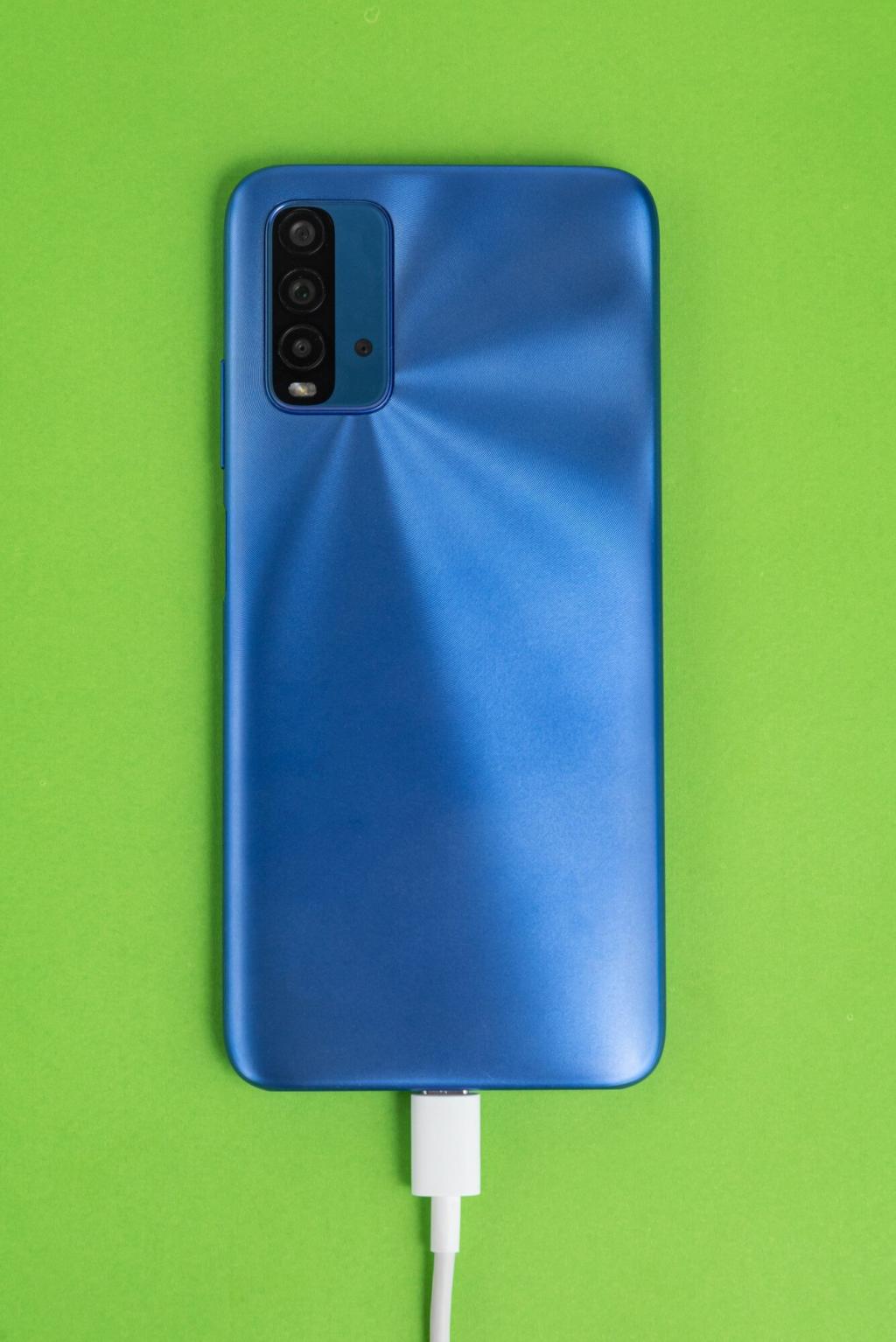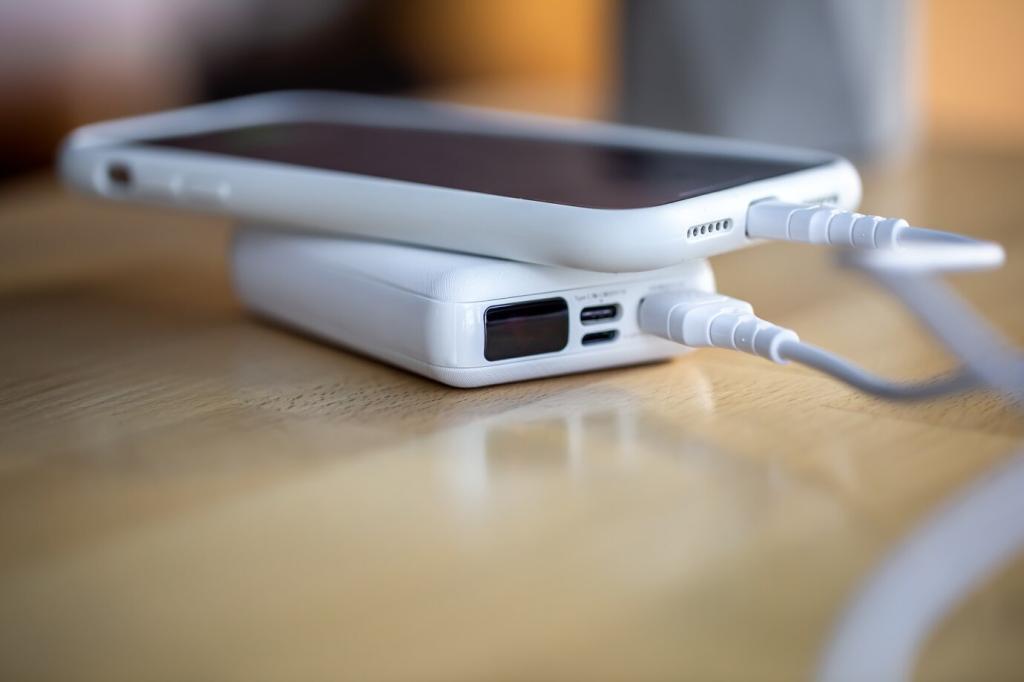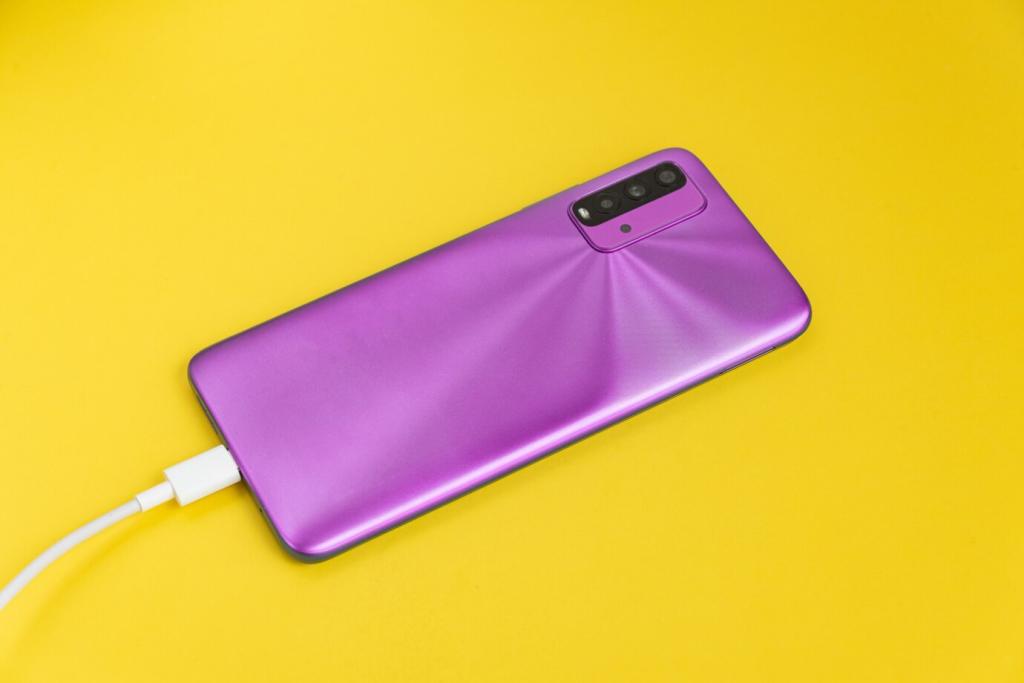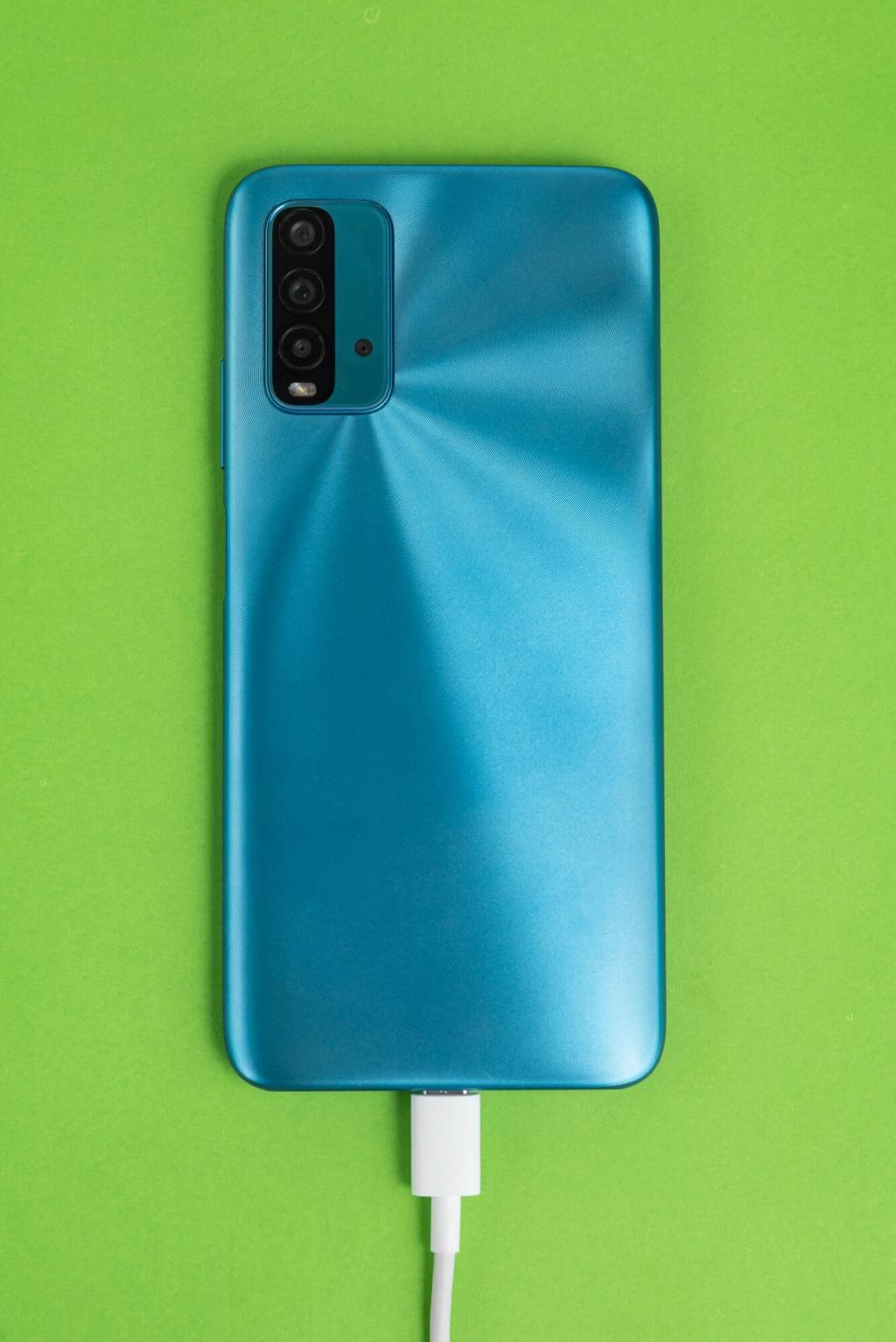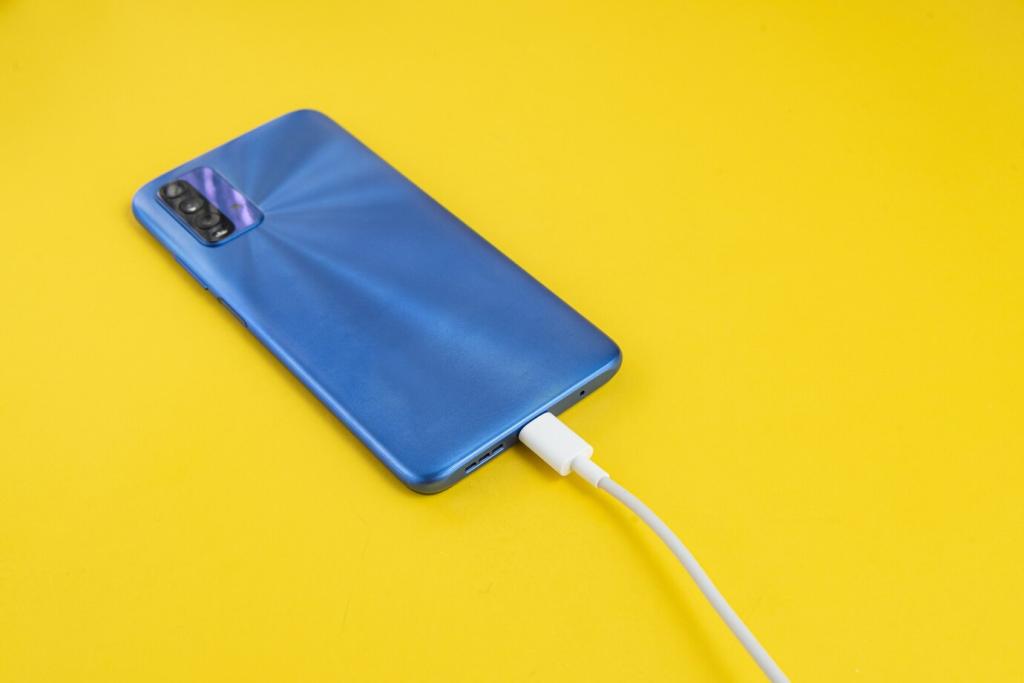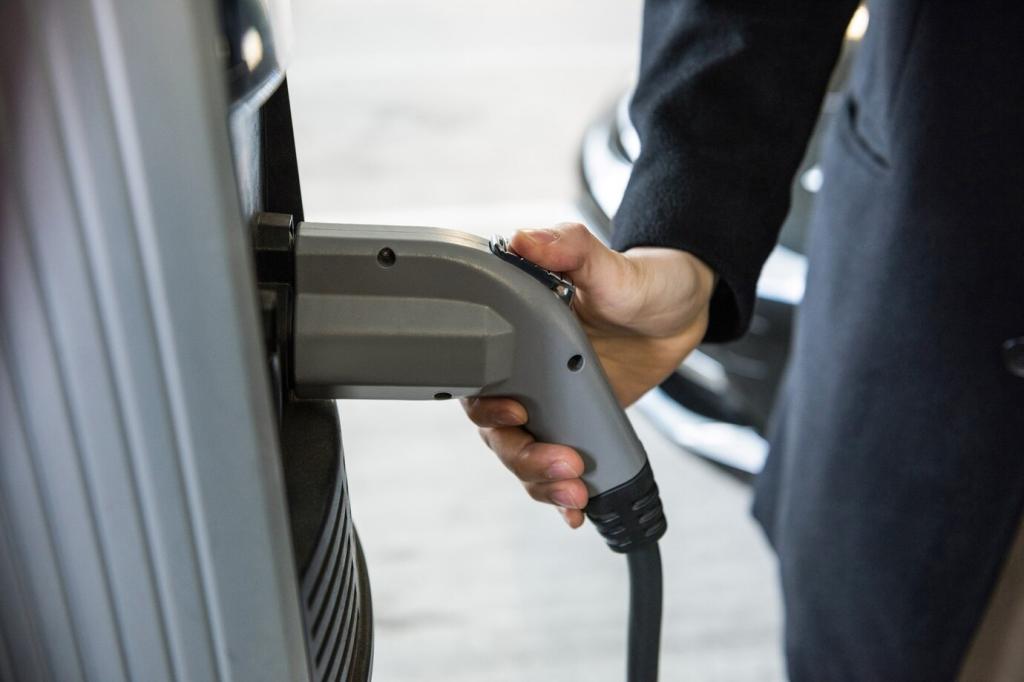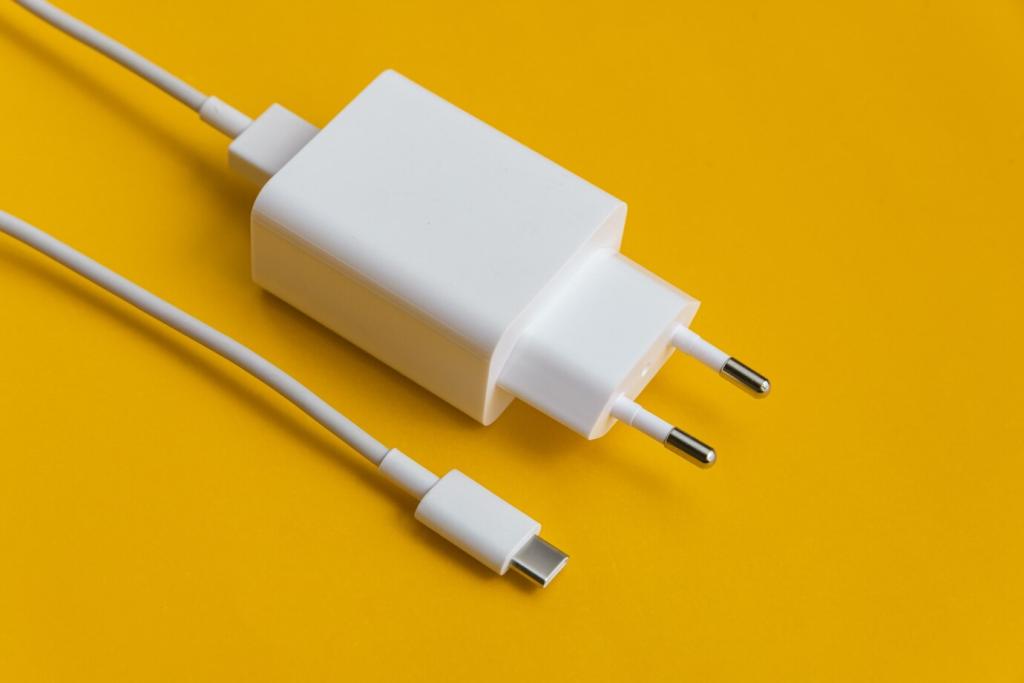Modular, High-Power Hardware
Instead of ripping and replacing, modular power stacks let sites expand from 50 kW to 400 kW in phases, matching real utilization. Operators reduce capital shocks while keeping uptime high as demand grows.
Modular, High-Power Hardware
Liquid-cooled cables lower handle temperature and enable thinner, lighter leads at 500 A and beyond, improving comfort during long sessions. In winter tests, drivers reported warmer grips and faster sessions without the wrist strain of bulky traditional cables.
